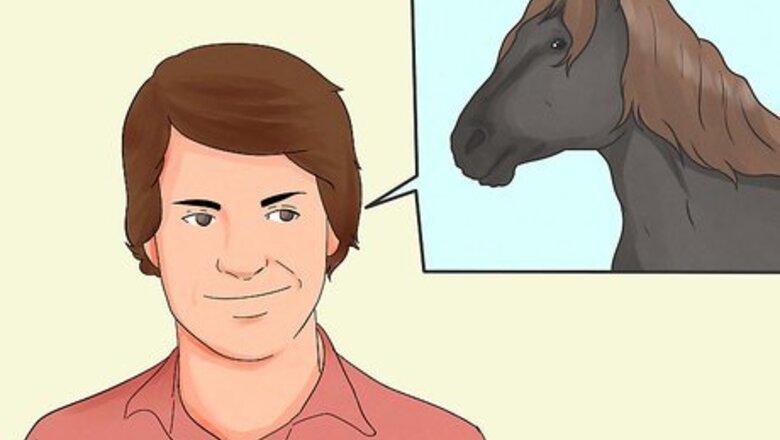
views
Finding Horses in North America
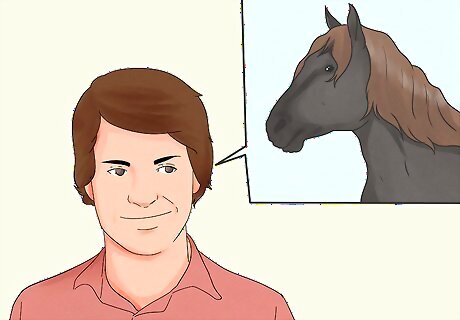
Understand what you're looking for. Most "wild" horses are actually feral horses, or domestic breeds that are no longer domesticated. Real wild horses are very rare. The Przewalski horse, found in Mongolia, is one of the only real wild horses left in the world. Most free-roaming horses are actually feral, not wild. Some types include Spanish mustangs, Dartmoor hill ponies, and New Forest ponies. These are the type of horses you'll find in the United States. Wild horses come in all shapes and sizes, from ponies to full-grown Mustangs, from white to brown to black and every color in between.
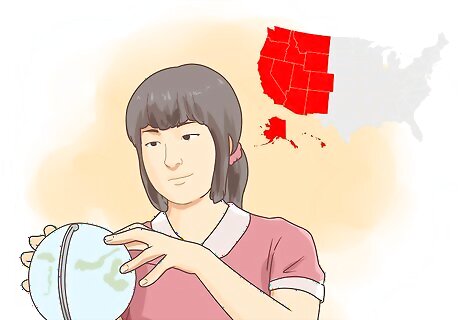
Head west. In the United States, managed populations of feral horses still exist in a variety of locations, all of them in the far West, Mountain Regions, and Southwest. In these places, the land is still less developed. According to some estimates there are as many as 40-50,000 wild horses in the United States. If you want to find wild horses in the US, look in the following states: Nevada Wyoming Utah Oregon California Colorado Idaho Arizona Montana North Dakota New Mexico
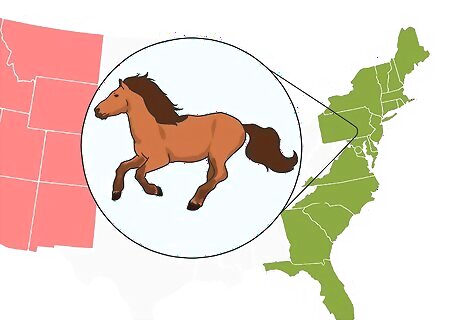
Find East coast populations. Some feral populations live in the salt marshes and dunes on the other coast as well. Maryland, Virginia, North Carolina and Georgia all house feral herds on park land. The Outer Banks are particularly known for their wild populations of horses. Shackleford Banks, one of the islands of Cape Lookout National Seashore, is home to over 100 wild horses. This is one of the easiest ways to see wild horses, available for regular tours from the National Parks Service.
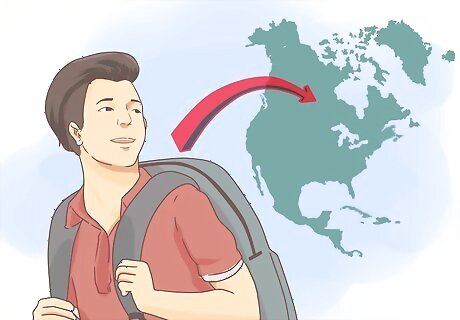
Head north. Some herds of wild horses live in the Canadian west, in northern Alberta and Saskatchewan. There are also horses on Sable Island off the coast of Nova Scotia. Some Island herds are rounded up and the foals are auctioned off yearly.
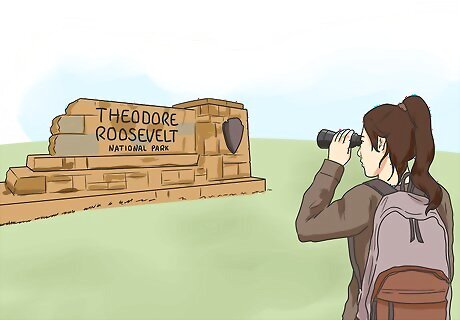
Find nature preserves and National Parks where you can look. The best way to find a good wild horse location is to pick a state that's close to you, then find a National Park or nature preserve that manages a wild horse population that you can visit. Some parks with wild herds include: Mesa Verde National Park in Colorado Theodore Roosevelt National Park in North Dakota Sheldon National Wildlife Refuge in Northern Nevada Jicarilla in New Mexico Devils Garden in California
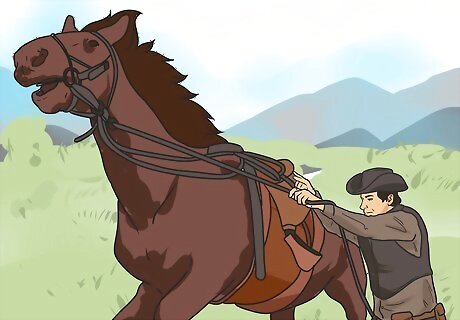
Understand how horses are handled. Feral populations in North America are typically closely monitored. The BLM administers American horses, which are regularly rounded up and made available for adoption. These horses are held at BLM facilities until they are picked out and adopted. There is a "Mustang Challenge" every year, during which horse trainers are provided with a 3 or 4 year old gelding to train in a short period of time. After a competition, the horses are auctioned off. The proceeds help maintain the remaining captured Mustangs. Canadian authorities consider wild herds nuisance animals. Sometimes, horses are rounded up by ranchers or simply shot to preserve the grass for cattle. There are groups dedicated to their preservation. But since the horses are not truly "wild," the government has very little interest in them.
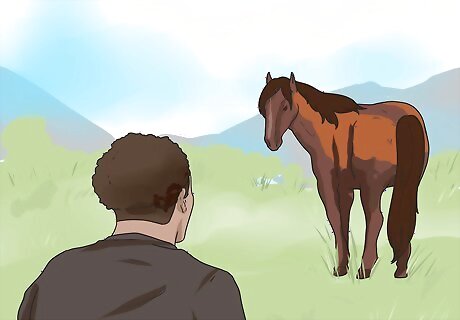
Leave feral horses alone. It is very important to keep a good distance from feral ponies. This is for your own safety as well as the horse. Feral animals are not used to humans. They may also carry infectious diseases, or react violently to your presence. Never attempt to feed wild horses. This can make them dependant on humans, putting them more at risk. If you find feral horses that look underweight, call a local authority. They should contact the herd owner or a charity that will try to get an appropriate food source to them safely. Observing horses living free is a privilege. Remember their safety and your own makes the experience even better. Interacting with them will only ruin future visits for you and others. You want to see them living wild, not make them dependant on humans.
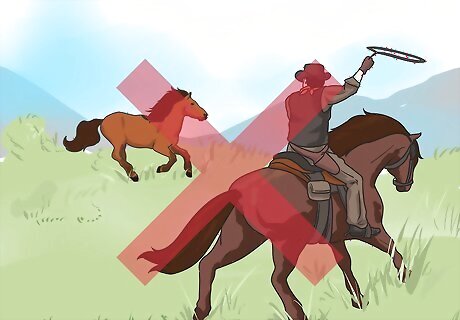
Never attempt to capture wild horses. In the United States and elsewhere, capturing feral or wild horses is a federal crime, and may only be done by representatives of the Bureau of Land Management (BLM). It's also extremely dangerous for you and for the horse, often resulting in serious injury or death. If you want to pet a horse or pony, try to find your local riding stables. You should be able to go and meet some domesticated horses and give them as much attention as you want.
Finding Horses Elsewhere
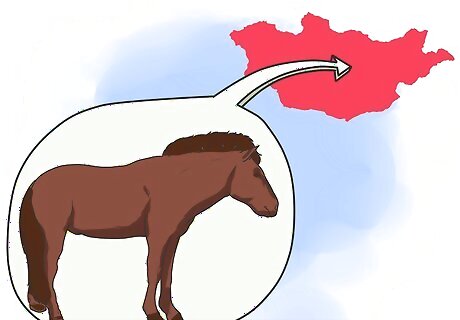
Find wild Przewalskis in Mongolia. While populations suffered at one point, this most famous of the latter day wild horses has been reintroduced into Mongolia. They can be found in a variety of locations in the country.
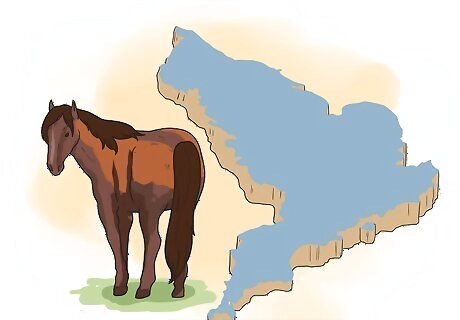
Find wild horses in the UK. In the UK, many feral ponies can be found on moorlands, and a few National Parks. Dartmoor, Exmoor, the New Forest, Bodmin moor and elsewhere have been known for wild-running horses. These are not wild horses, but horses that are owned and allowed to run wild across the moorlands. Usually, they'll only have human contact if they are ill, need to be castrated, or are being sold at market. In the UK Dartmoor in Devon is a very easy place to find Dartmoor ponies. With little fences by roads you can even find a herd of ponies crossing the road on Dartmoor. Drive carefully.
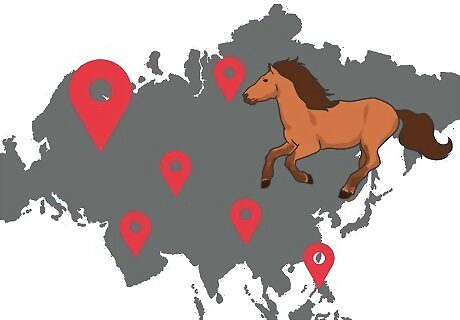
Find wild horses across Europe and Asia. Feral populations are managed in a variety of European countries, much the same as they are in the United States. If you live in any of the following countries, you can find wild horses near you: Lauwersmeer National Park, Ennenborg Estate, and Koniks of Arnhem in the Netherlands Sieraków and Roztocze National Park in Poland Neanderthal Wildpark in Germany Camargue Wild Horses in France Vodnii Island in Russia Askania-Nova Nature Center in Ukraine Hustai National Park, Takhin Tal Nature Preserve, and Xinjiang Wild Horse Breeding Center in China
Find feral horses in Australia and New Zealand. The Brumby is a free roaming feral horse that can be found, predominantly, in Australian National parks. They live in many area, including these specific national parks; Victoria's Alpine National Park, the Barrington Tops National Park in New South Wales and Carnarvon National Park in Queensland. New Zealand has a feral horse population in the central North Island. They are called Kaimanawas.












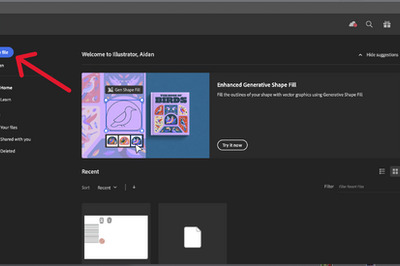



Comments
0 comment